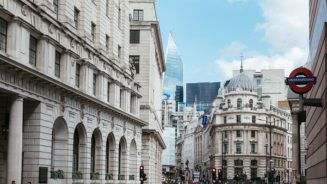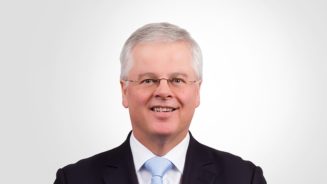Central banks around the world have cut interest rates a staggering 672 times since 2009, according to a calculation made by JP Morgan AM. This compares to just a handful of hikes by the world’s major central banks over the same period. This steady decline in interest rates has fuelled an exceptional bull market, both for equities and bonds.
Part of the explanation for the stellar returns delivered by both bonds and equities is in the fact that both have benefited disproportionally from a fall in discount rates. This may come back to haunt them when interest rates go up again in the future, argues Ben Inker, head of asset allocation at US asset manager GMO.
Long duration: from a blessing to a curse?
For bonds, the relationship between returns and falling interest (and discount) rates is pretty obvious. If the yield of a bond decreases, investors pocket a nice return because its price goes up. However, the ultimate value of the bond at maturity is fixed. “The trouble with returns coming from falling [discount] rates is that they represent an increase in in the present value of the asset without any increase to the cash flows,” notes Inker. This implies that, as a compensation mechanism, the future expected return of the bond in question has fallen. In other words, we have seen a huge front-loading of returns since the financial crisis.

One might say that record-low bond yields make equities look compelling despite their elevated P/E ratios. However, equities suffer to some extent from the same problem as bonds. Namely, stocks with ‘long duration’ (investment-heavy companies with longer-term earnings visibility such as industrials, car manufacturers and commodities producers) face a significant re-rating if discount rates go up. According to calculations made by Inker, more than 40% of the return generated by the S&P 500 index over the past five years can be attributed to a fall in discount rates.

Raphael Pitoun (pictured right), chief investment officer at Seilern Investment Management and manager of the company’s Stryx World Growth Fund, acknowledges that the level of interest rates is “very important” for a stock’s future returns. “With the risk-free interest rate (the 10-year Treasury yield) at 1.5%, our target price for MasterCard, the biggest holding in our fund, is $230 (£175.9, €207.3). When we use a rate of 3.5% in our model, this drops to $135 (compared to the current share price of $95),” he explains.




